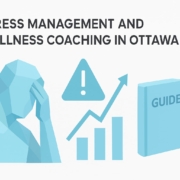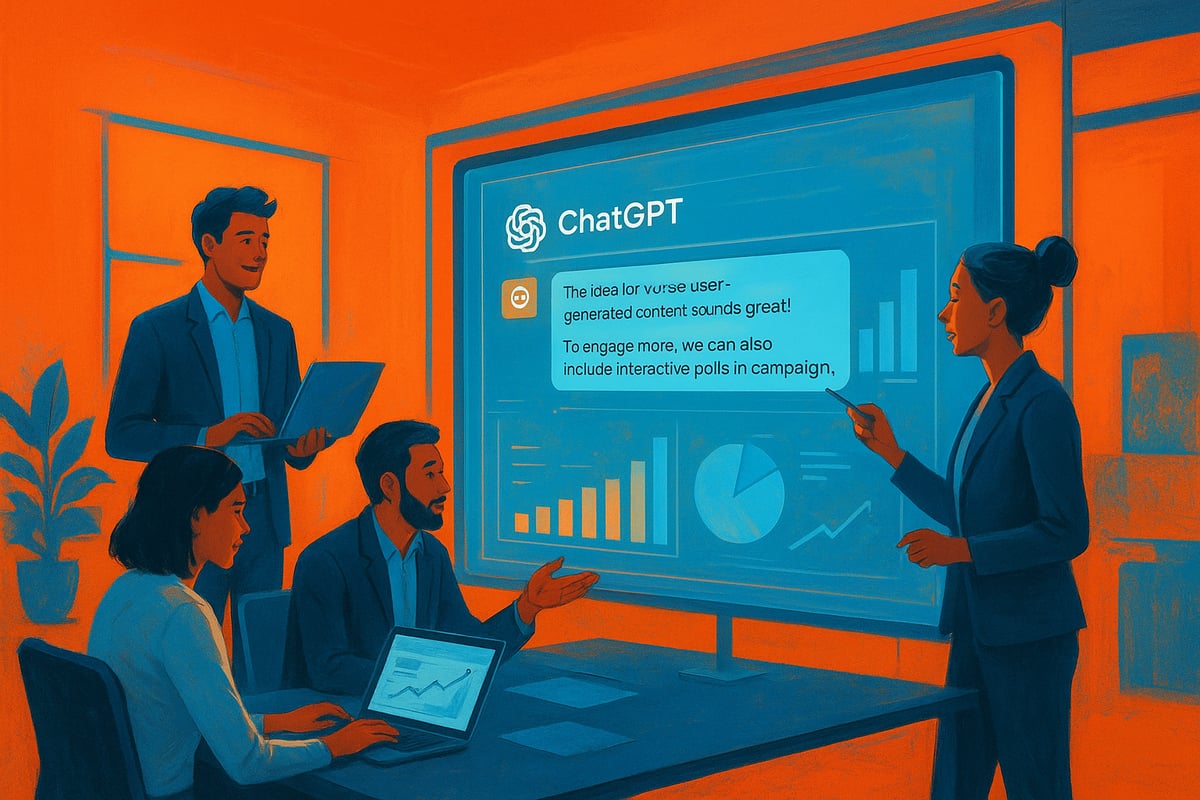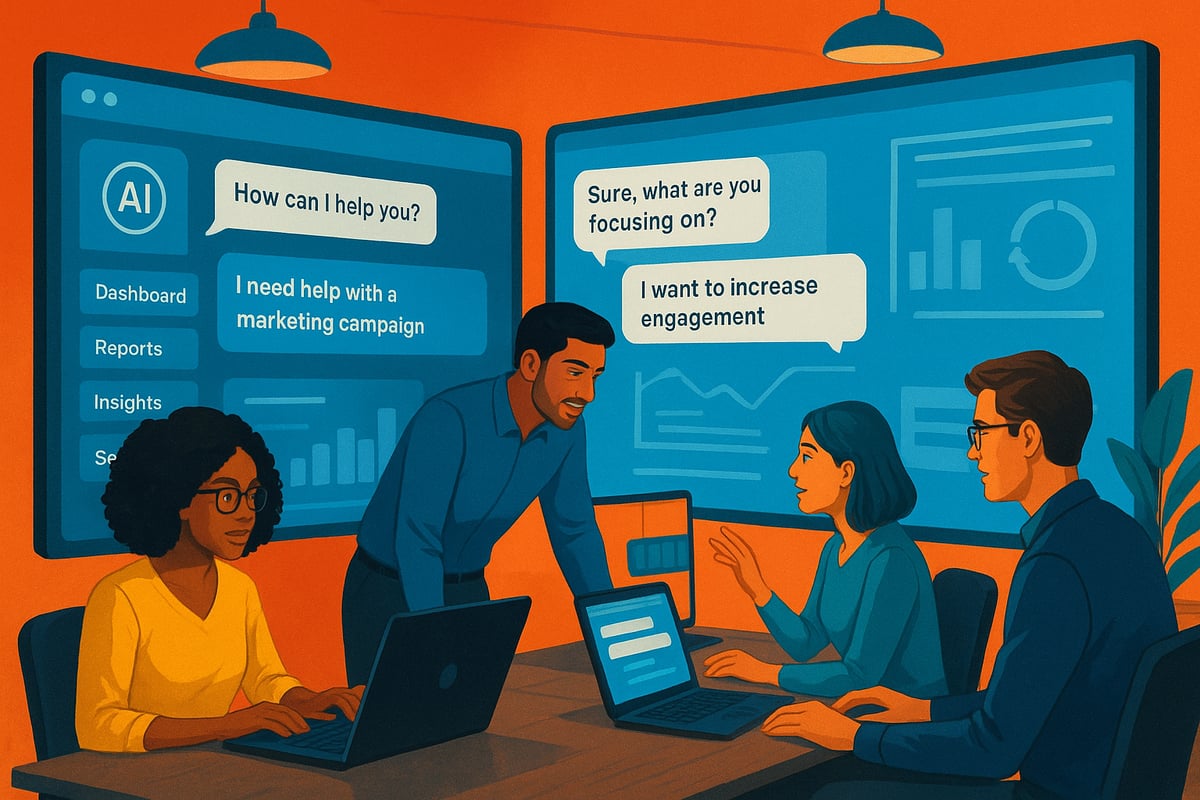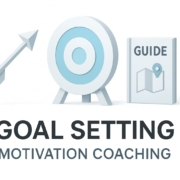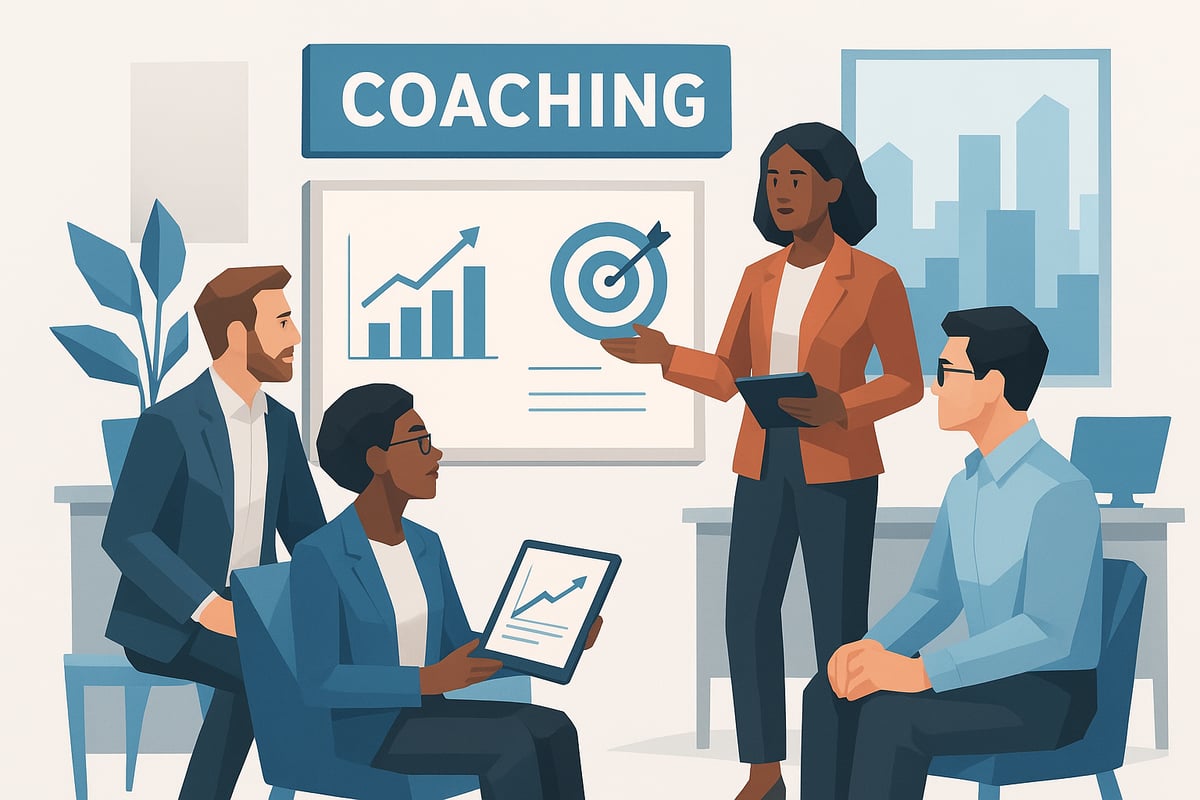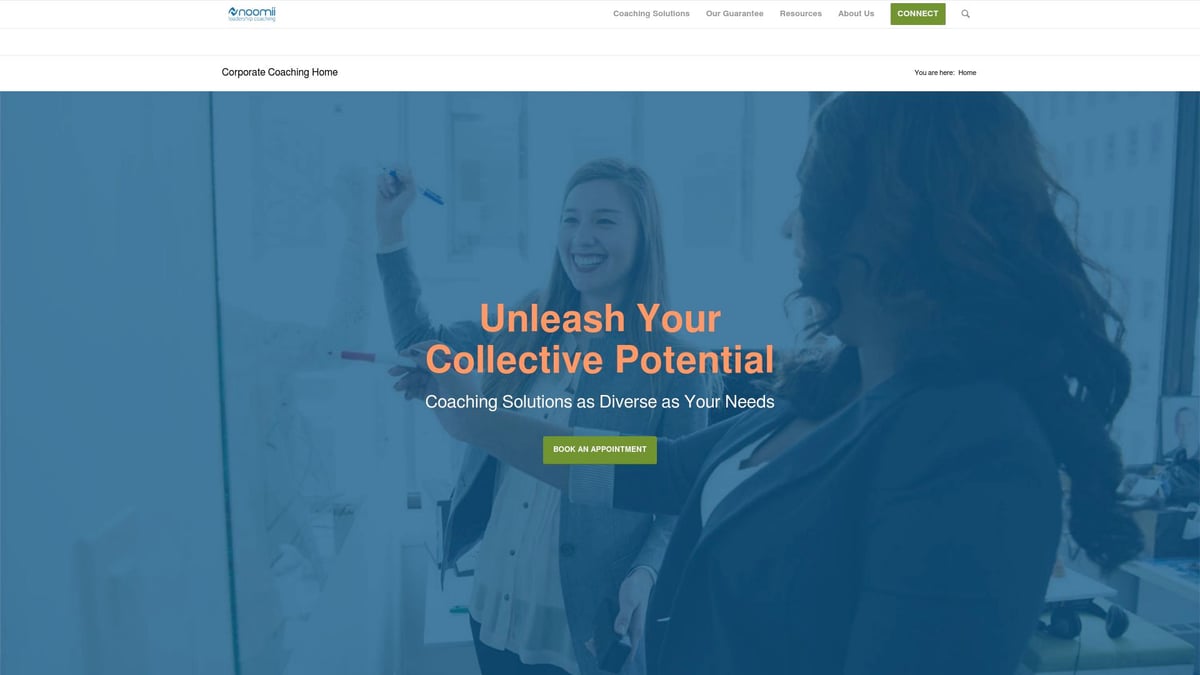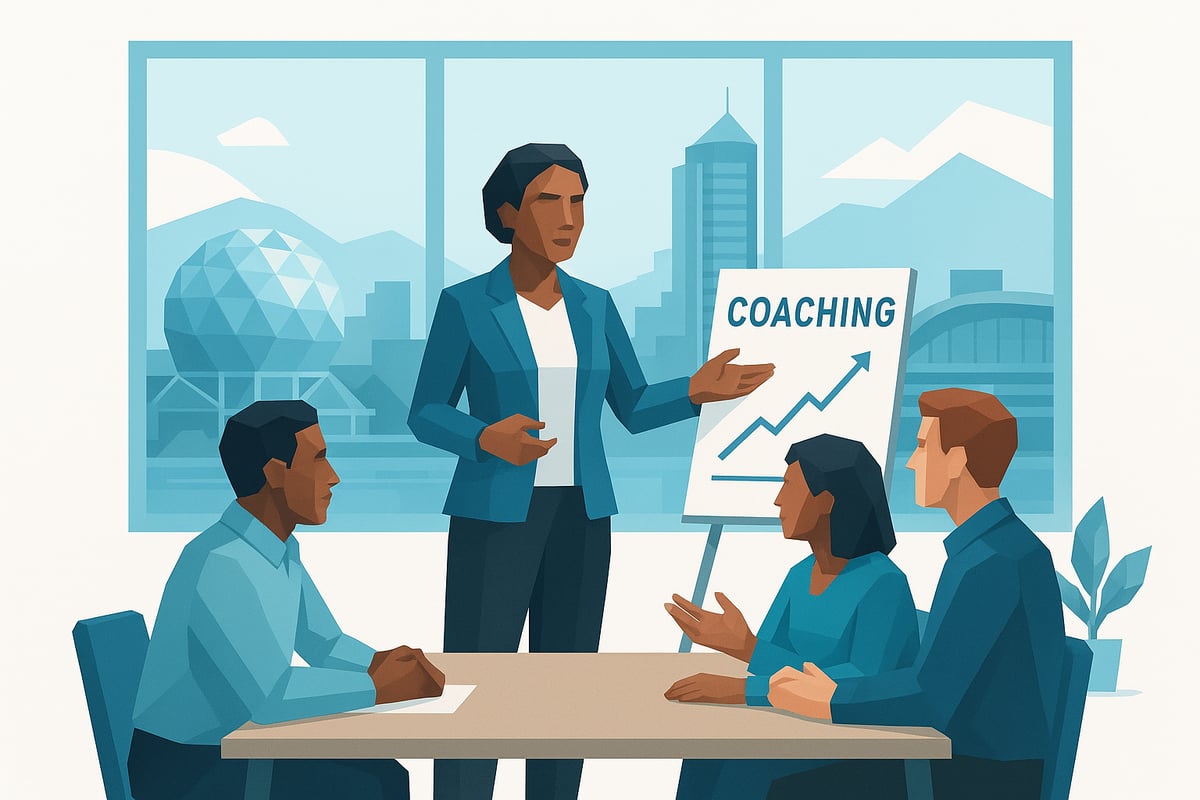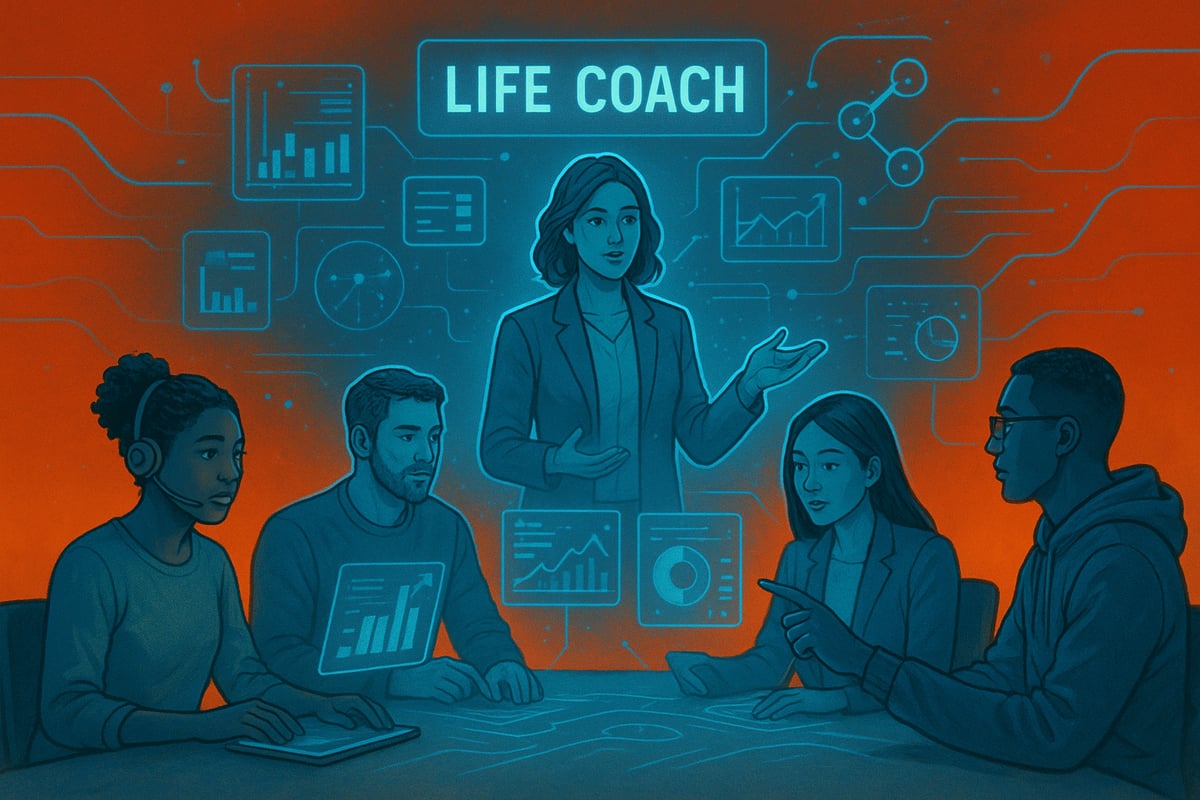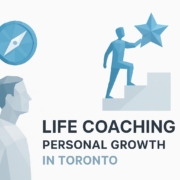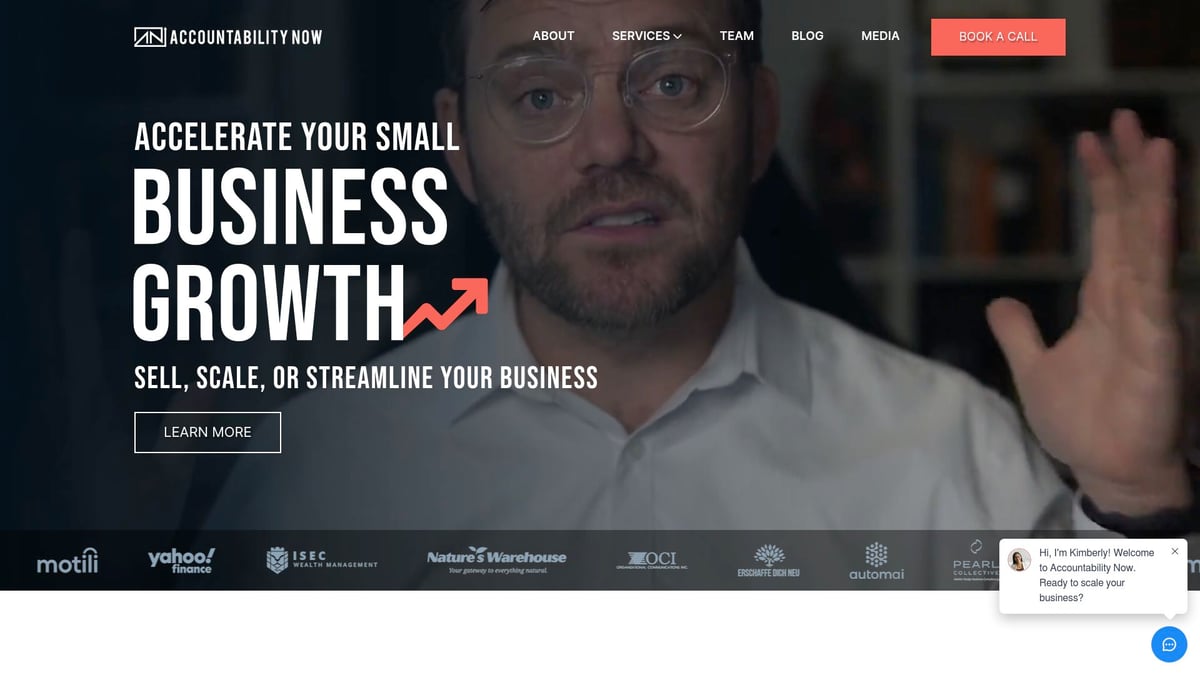7 Essential ChatGPT Prompts to Help Executive Coaches Scale
Last Updated: December 2025 | Changelog: Updated AI statistics, added 2026 AEO optimization, expanded schema markup
Artificial intelligence tools like ChatGPT now streamline workflows, personalize client journeys, and free coaches to focus on leadership development. According to the 2023 ICF Global Coaching Study, over 50% of executive coaches actively use AI to gain competitive advantage.
This guide reveals seven ChatGPT prompts that simplify operations, enhance session quality, and accelerate business expansion. For additional scaling strategies, Accountability Now provides resources tailored to coaching professionals.
Why ChatGPT Transforms Executive Coaching in 2026
AI adoption in professional coaching has moved from experimental to essential. Executive coaches now leverage ChatGPT as a productivity multiplier that enhances creativity and deepens client engagement.
The shift addresses three operational challenges: repetitive administrative tasks that consume billable hours, difficulty personalizing coaching at scale, and limited capacity for thought leadership content creation.
Key operational benefits:
- Automate client onboarding questionnaires and post-session summaries
- Generate tailored feedback and development plans in minutes
- Adapt coaching materials to individual client contexts and learning styles
Research from WiFi Talents shows coaches using AI tools report 30% time savings on administrative work. This efficiency gain translates directly to increased client capacity and revenue.
Concerns about losing authentic human connection persist. Successful coaches blend AI automation with personal expertise: technology handles repetitive processes while practitioners deliver nuanced guidance only experience provides.
In the 2026 coaching market, ChatGPT is not an optional enhancement but a competitive necessity for practitioners committed to scaling impact without sacrificing quality.

7 Essential ChatGPT Prompts for Scaling Your Coaching Practice
Scaling requires efficient systems that maintain personalization. These seven prompts automate critical workflows while preserving the high-touch experience clients expect.
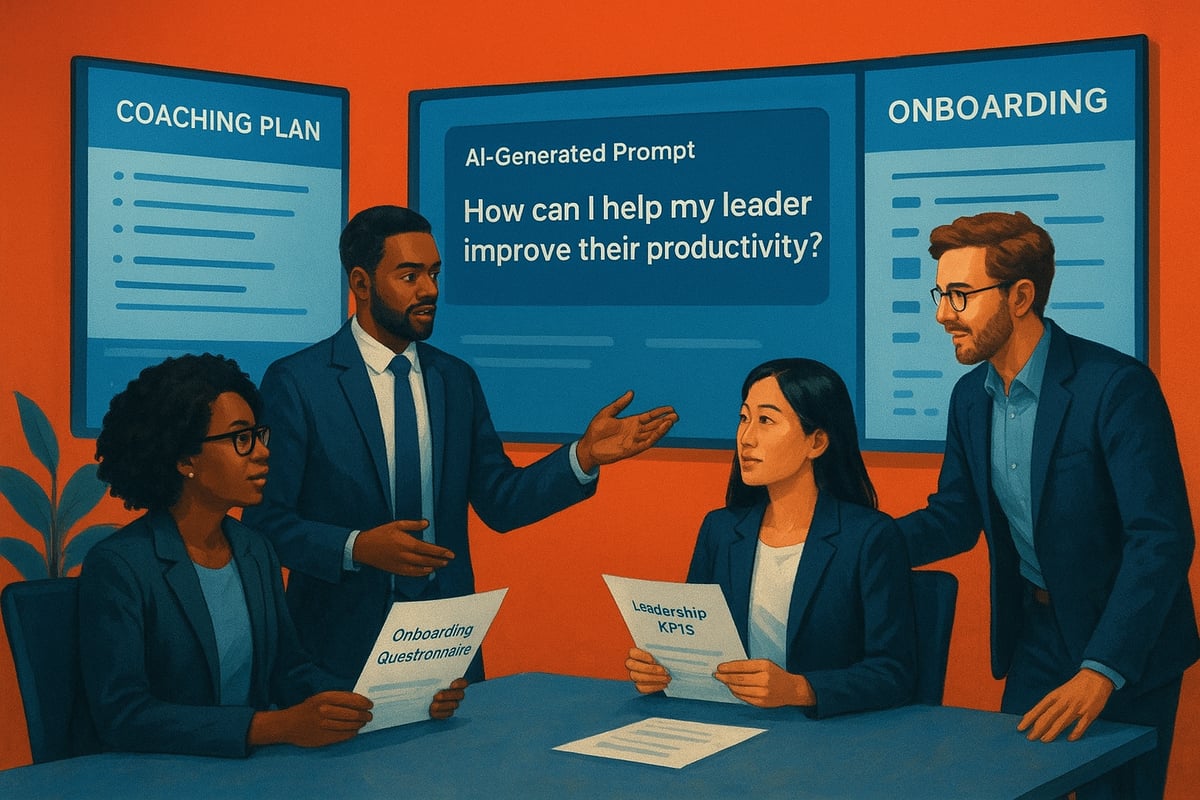
1. Client Onboarding Questionnaire Generator
First impressions establish coaching relationship quality. Automated onboarding forms collect consistent information while signaling professionalism.
Sample prompt:
“Create a comprehensive onboarding questionnaire for a new executive coaching client. Focus on: current leadership role and responsibilities, top 3 professional challenges, career goals for the next 12 months, preferred communication frequency and methods, prior coaching or development experiences. Format as fillable form with 10-12 questions.”
This approach standardizes intake while capturing individual context. Coaches report 40% faster onboarding cycles using AI-generated questionnaires.
2. Session Recap and Action Plan Builder
Post-session documentation reinforces accountability and provides clear development roadmaps. Timely recaps increase client follow-through between meetings.
Sample prompt:
“Summarize this coaching session based on the following discussion points: [paste session notes]. Create a structured recap including: key insights discussed, commitments made by client, 3-5 specific action items with deadlines, recommended resources or tools, agenda items for next session.”
Clients value concise summaries that eliminate ambiguity. Structured recaps demonstrate professional rigor and keep development momentum strong.
3. Leadership Assessment Feedback Composer
360-degree assessments generate valuable data that requires skilled interpretation. Automated feedback drafts save hours while maintaining constructive tone.
Sample prompt:
“Draft personalized feedback for a client’s 360 leadership assessment. Assessment scores: strategic thinking (3.2/5), team collaboration (4.1/5), decision-making (3.8/5), communication (4.4/5). Write feedback that: acknowledges top two strengths with specific examples, identifies two priority development areas, suggests practical next steps, maintains encouraging and constructive tone. Length: 300-400 words.”
Tailored feedback elevates the assessment experience from data delivery to developmental conversation. This approach raises communication standards across your entire practice.
4. Goal-Setting and KPI Framework Creator
Measurable objectives transform abstract development intentions into trackable progress. Clear KPIs make coaching value visible to clients and organizational sponsors.
Sample prompt:
“Design a goal-setting framework for a senior director focused on improving team performance. Include: 3-4 SMART goals aligned with leadership competencies, specific KPIs for each goal with baseline and target metrics, quarterly milestones, suggested measurement methods, potential obstacles and mitigation strategies. Format as tracking worksheet.”
Data-driven coaching demonstrates ROI and builds stakeholder confidence. Structured tracking supports evidence-based development conversations.
5. Difficult Conversation Roleplay Script
Practicing challenging workplace scenarios in safe environments builds client confidence. Realistic roleplay scripts prepare leaders for high-stakes interactions.
Sample prompt:
“Create a roleplay script for an executive who needs to address consistent underperformance with a long-tenured team member. Script should include: opening statement that sets constructive tone, 3-4 specific performance examples with impact, active listening prompts, potential defensive responses from employee, redirect strategies, clear expectations and consequences, supportive closing. Include coaching notes on body language and tone.”
Rehearsal reduces anxiety and improves actual conversation outcomes. Clients report feeling significantly more prepared after structured roleplay preparation.
6. Personalized Leadership Development Roadmap
Bespoke development plans align individual growth with organizational strategy. Comprehensive roadmaps provide clarity for extended coaching engagements.
Sample prompt:
“Draft a 6-month leadership development plan for a high-potential director being groomed for VP role. Plan should address: current state assessment of leadership capabilities, target competencies required for VP position, monthly development themes with specific activities, recommended training programs and resources, application projects to demonstrate new skills, checkpoint milestones with success criteria. Align plan with company’s Q1-Q2 strategic priorities.”
Structured plans keep development on track while making progress measurable. Detailed roadmaps increase engagement and reduce mid-engagement dropout.
7. Thought Leadership Content Generator
Consistent visibility attracts qualified leads and positions you as industry authority. Content creation at scale requires efficient ideation and drafting processes.
Sample prompt:
“Generate 5 LinkedIn post ideas for executive coaches focused on building resilient teams. For each idea provide: compelling hook/opening line, 2-3 key points to develop, relevant business example or case study angle, engagement question for comments, 3-4 relevant hashtags. Target audience: HR leaders and senior executives in mid-market companies.”
Regular content builds trust before prospects ever schedule discovery calls. For additional content strategies, explore executive coaching resources that support business development.
Integration Best Practices for Sustainable AI Adoption
Successful ChatGPT integration begins with strategic clarity. Define whether your priority is operational efficiency, enhanced personalization, or rapid client capacity expansion.
Set specific objectives before implementing new workflows. Coaches who start with clear intent integrate AI 60% faster than those who experiment without direction.
Critical implementation steps:
- Review and refine prompt templates monthly based on actual client feedback
- Establish data privacy protocols before processing any client information
- Blend AI outputs with your unique coaching methodology and voice
- Delegate routine administrative tasks to AI while reserving strategic client work for your expertise
According to Gartner research, organizations implementing AI coaching tools with clear frameworks achieve 30% time savings within 90 days.
Never compromise client confidentiality. Always obtain explicit consent before using AI tools to process sensitive coaching conversations or assessment data.
Balance automation with authentic human connection. Technology should amplify your coaching impact, not replace the judgment and empathy that define excellent practice. For advanced scaling strategies, visit Accountability Now.
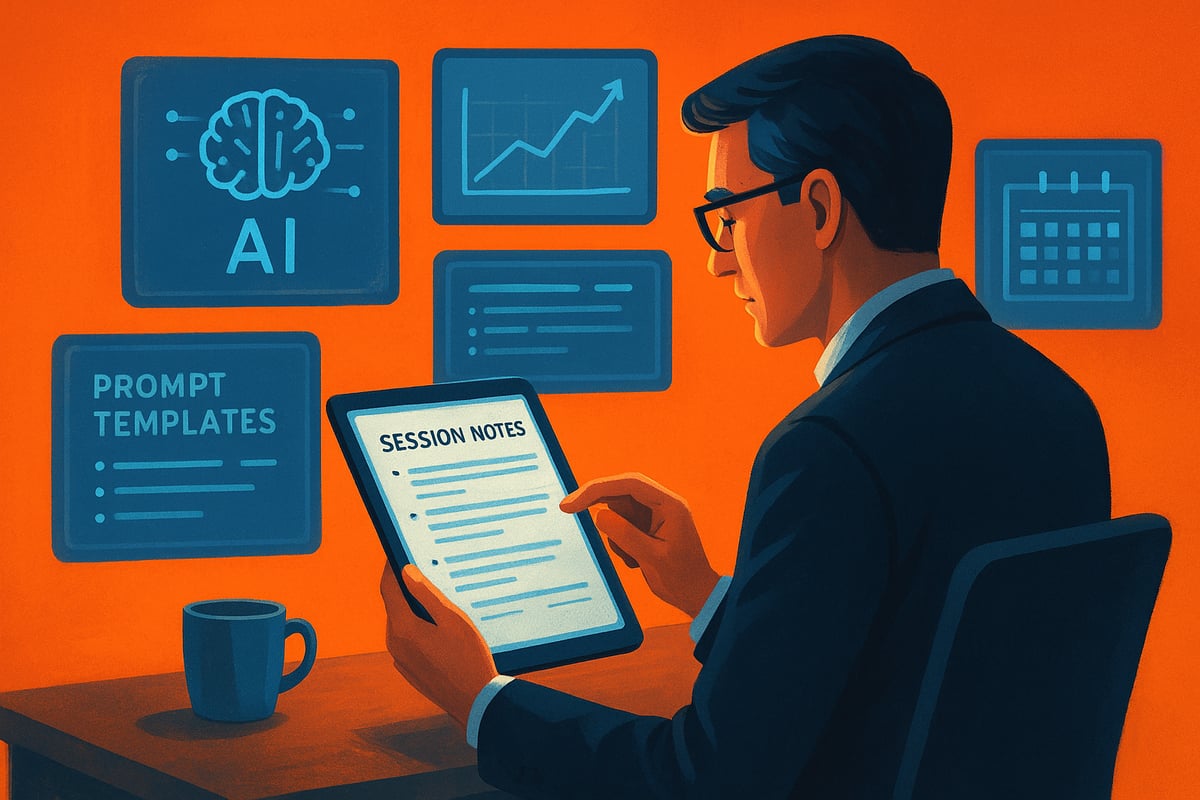
Navigating Common AI Implementation Challenges
Client skepticism about AI in coaching surfaces frequently. Some leaders worry technology will diminish the personal connection that makes coaching effective.
Address concerns through transparency and demonstrated results. Share specific examples of how AI enhances rather than replaces human expertise. Research from TechRadar shows clients become supporters once they experience improved outcomes.
Ethical usage requires clear boundaries. Always disclose when AI tools generate content or analyze client data. Obtain written consent and explain how information is processed and protected.
Privacy safeguards to implement:
- Remove identifying information before inputting client data into AI platforms
- Use enterprise AI solutions with robust security certifications for sensitive work
- Establish written data handling policies that clients review during onboarding
- Regularly audit AI tool usage to ensure compliance with professional coaching standards
Avoid over-reliance on AI-generated content. Your expertise, intuition, and ability to read subtle client cues remain irreplaceable. Use technology as support infrastructure, not as replacement for professional judgment.
Continuous learning ensures you maximize AI capabilities. Dedicate time monthly to explore new features, test emerging tools, and refine your prompt library based on results.
Coaches who overcome initial resistance report faster client progress, clearer action plans, and higher engagement scores. Balance automation with empathy: technology should create space for deeper client relationships, not substitute for them.
For guidance navigating ethical AI adoption, explore resources at Accountability Now.

Essential Resources for AI-Powered Coaching Growth
Expanding your AI coaching capabilities requires curated tools and ongoing education. The following resources accelerate implementation while maintaining professional standards.
Productivity Platforms for Coaches
- Otter.ai: Automated session transcription that captures discussion details without manual note-taking
- Notion AI: Knowledge management system that organizes client information, templates, and development resources
- Calendly with AI scheduling: Eliminates booking friction and automatically optimizes appointment times
Additional productivity tools are detailed in this comprehensive AI business tools review.
Professional Development Materials
- Books: “The AI-Powered Coach” by Marshall Goldsmith and “Artificial Intelligence for HR” provide frameworks for ethical AI integration
- Podcasts: “Coaching for Leaders” and “The AI in Business Podcast” feature practitioners sharing real implementation experiences
- Online courses: LinkedIn Learning and Coursera offer AI for business professionals certifications
Community and Peer Learning
- ICF Technology Community: International Coach Federation’s specialized group for coaches exploring AI and digital tools
- LinkedIn Groups: “AI for Executive Coaches” and “Technology in Leadership Development” provide peer support
- Conference tracks: ICF Converge and ATD International Conference now include AI coaching sessions
Strategic Implementation Guidance
Visit Accountability Now for actionable frameworks on scaling your coaching practice with AI-powered systems.
Ongoing Education
- Attend quarterly webinars on AI coaching applications and emerging tools
- Subscribe to newsletters from coaching technology vendors for feature updates
- Join monthly virtual labs where coaches test new AI prompts and share results
Tool Evaluation Framework
When assessing new AI platforms, prioritize: enterprise-grade security certifications, integration with existing coaching software, transparent data usage policies, responsive customer support, and positive reviews from other coaching professionals.
Dedicate time weekly to experiment with new prompts and tools. Coaches who maintain learning agendas integrate innovations 50% faster than those who react to change.
Frequently Asked Questions
What are the most effective ChatGPT prompts for scaling an executive coaching practice?
The seven most effective prompts are: client onboarding questionnaire generators, session recap and action plan builders, leadership assessment feedback composers, goal-setting and KPI frameworks, difficult conversation roleplay scripts, personalized leadership development roadmaps, and thought leadership content generators. Each prompt addresses a specific operational bottleneck that limits coaching capacity.
How does ChatGPT improve the client onboarding process for executive coaches?
ChatGPT generates customized onboarding questionnaires that collect consistent information about client goals, challenges, and preferences. This automation reduces onboarding time by 40% while ensuring comprehensive intake data. Standardized forms also signal professionalism and establish clear coaching frameworks from the first interaction.
Can ChatGPT create personalized leadership development plans?
Yes. ChatGPT drafts comprehensive leadership development roadmaps aligned with individual competency gaps and organizational objectives. These plans include specific monthly themes, recommended activities, checkpoint milestones, and success criteria. Coaches customize AI-generated plans with their expertise to ensure relevance and feasibility.
How do executive coaches maintain authentic relationships while using AI tools?
Successful coaches use AI for administrative tasks and content generation while reserving strategic guidance, empathy, and nuanced judgment for personal interactions. They customize all AI outputs with individual client context and coaching voice. Technology amplifies human expertise rather than replacing it. Clients value this balance once they experience improved outcomes.
What are best practices for integrating ChatGPT into executive coaching workflows?
Best practices include: setting clear objectives before implementation, reviewing and refining prompt templates monthly, establishing data privacy protocols, obtaining client consent for AI usage, blending AI outputs with coaching expertise, starting with low-risk applications, and dedicating time for ongoing learning. Coaches who follow structured adoption frameworks achieve results 60% faster.
What risks should executive coaches consider when using AI?
Primary risks include: data privacy breaches if client information is not properly secured, client skepticism about AI replacing human judgment, over-reliance on AI-generated content that lacks nuance, and ethical concerns about transparency. Mitigation strategies include using enterprise AI platforms, obtaining written consent, maintaining coaching voice in all outputs, and disclosing AI usage clearly.
Where can executive coaches find additional resources for scaling their practices?
Coaches can access resources through: professional communities like the ICF Technology Group, AI coaching tools directories, industry podcasts such as “Coaching for Leaders,” online courses from LinkedIn Learning and Coursera, and specialized platforms like Accountability Now (https://accountabilitynow.net/) which provides frameworks for AI-powered coaching growth.
How does Noomii Corporate Coaching support executive coaches and organizations?
Noomii Corporate Coaching connects mid-market companies and select Fortune 500 divisions with experienced executive coaches. They provide leadership development programs, manager training, and executive coaching services focused on measurable business outcomes. Their platform offers flexible engagement terms and vetted coaching professionals. Learn more at https://www.noomii.com/.


